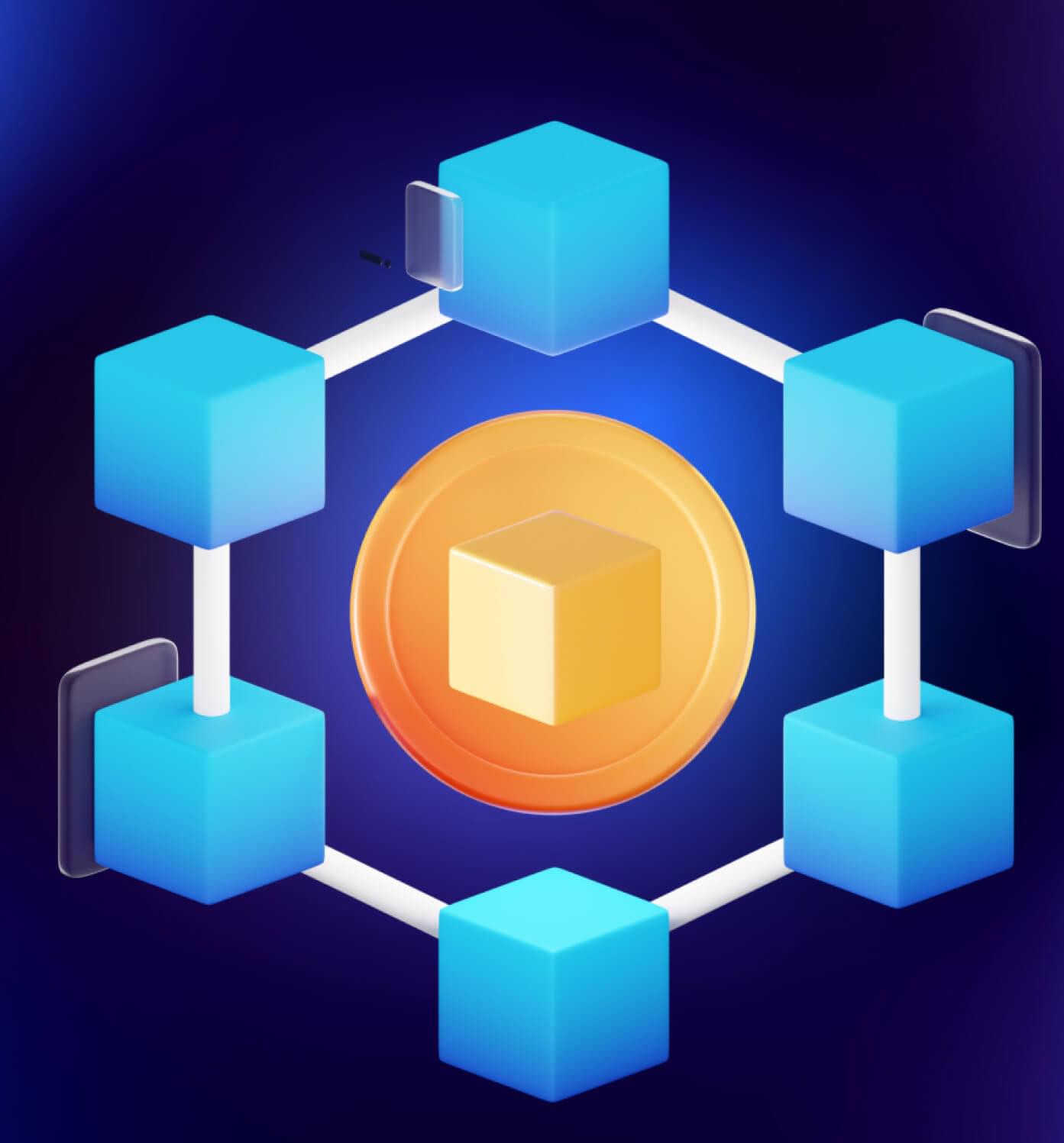to create
a DAO?

Fundamentally speaking, it’s the management of an organization that is governed by smart contracts. To create a decentralized organization, it’s needed to define its architecture, the ways of participation, the main business processes and conditions for implementing management functions. Once the architecture is formed, it must be encapsulated in a software package (smart contract) and placed on a blockchain network.
Accordingly, a programmer can create a DAO in practice, with a manager involved: one is responsible for the business processes, the other is in charge of their implementation in the form of a smart contract and the launch.
In theory, programmers can create a DAO by themselves, but their skills may not be enough to launch, scale it and attract participants. That’s why there are services like XDAO that exist that can get DAO projects the attention they require.

XDAO is a service for creating decentralized autonomous organizations. The main functionality of the platform aims to allow any user to create a DAO in just a minute.
— The process is easiest to consider on the example of creating an investment DAO because it is the most common type of organization, — says Vladislav Shavlidze, XDAO CEO and Founder. The first step is getting to know each other. A user or a group of users learns how the platform’s interface works. Then comes the creation. Creating a DAO is as simple as possible and consists of performing a specific sequence of actions, which is clearly defined. The third stage is collecting money. Smart contracts contain conditions for generating liquidity provider tokens (LP tokens). They determine the ownership of the company’s shares in proportion to the investment in DAO’s “share capital.” These tokens guarantee that the investment can be recovered at any time. Also, governance tokens, which provide the right to vote, are generated when a DAO is created. The rules for their distribution and the voting conditions are also set out in the smart contract in the process of the organization’s creation. The next stage is the use of money. It is the process of increasing the capital, which usually involves investment activities. And the final stage is the distribution of profits. Investors “burn” LP tokens and get their assets back with a profit.
“We were dreaming about establishing our own CryptoMetaDAO for half a year. But it looked very complicated and expensive to do. And finally everything changed, because we found the XDAO protocol. Now we are able to launch presales in our own launchpad module — everything is clear for the whole team. Thanks to XDAO, we have become a professional decentralized venture fund.”

— XDAO provides technical support for its platform and can help with PR for large, interesting projects. We refine new modules based on user requests and additional functionality in the form of smart contracts. We are also engaged in forming a community around the service — representatives of the community can help with advice or support an interesting initiative.
Our team members are also available for consulting on the creation and development of a DAO. We give technical guarantees. First of all, smart contracts are secure, so there are no technical risks. Secondly, if our site or service goes down, the launched projects will continue to function. We have instructions on how to deploy the functionality to manage a smart contract on the localhost, and the control of it will not be lost, — explains Egor Gavrilov, CTO of XDAO.
"XDAO is a real Unicorn for supporting DAOs!
XDAO provides comfortable and highly technological DeFi tools for DAO. They’ve made everything go very smoothly and easily! A convenient interface and contracts fully satisfy our needs to create a DAO for Punch Capital."
For example, if 10 LPs were issued and the project's AUM is $1,000, then the value of 1 LP is $100.